|
Late in the afternoon on April 28, Thomas Grove was fishing along the Susquehanna River just downstream from the mouth of the Penns Creek when a red helicopter flew straight toward him from Hoovers Island. “They hovered just above the shore line at Hoovers and dumped some kind of reddish-brown liquid into the river,” he said. “They flew across the river directly upstream from us directly in the Penns Creek discharge toward Route 15 dumping the remaining fluid into the river.”
“It has even been approved for use in organic farming operations – it is a very safe product,” said Orr, who added that dispersal of BTI is managed very closely. “BTI looks like chocolate milk – as if you are taking a gallon jug of chocolate milk and dumping it. Helicopters have an open boom on the side, and biologists on the ground have calculated specifically how many gallons should go into each site using USGS flow gauges and other calculations,” he said. “We talk with pilots before they take off, we hand them the map of the region to be targeted. It is all computerized in the cockpit, they punch it in, fly out across the stream and that material comes out of the side of the helicopter (in specific doses).” One of the most common misconceptions involving the program revolves around the definition of a black fly.
“People don’t fully understand what a black fly is. They assume that any fly that is black is a black fly, and that isn’t true,” said Orr. “Black flies are the small gnats that swarm around your face and head. While they don’t bite everybody, they can still have a ferocious bite. They are not houseflies or manure flies or other larger flies that you may see around. We have been called to manure fly or housefly outbreaks, and it is hard to tell people that we are the black fly program, and we don’t target their specific fly issue.” Black flies need fast-flowing, clean water to survive. “Adult black flies lay their eggs in riffle areas of streams and rivers. They are also filter feeders, taking organic matter out of the water, and need fast-moving water to get enough water to filter,” said Orr. “Adult flies can fly 20 to 30 miles away from their original stream once they hatch, so our goal is to locate and properly spray these riffles before they come out as adults and they expand too quickly to properly manage.” On certain smaller streams with expanded tree canopy, helicopter spraying is replaced by individual application via backpack sprayers, which helps them treat more remote regions on a regular basis to stay ahead of the rapid reproduction cycle of the black fly. “These species can produce anywhere from 10 to 12 generations per summer. We try to spray each time we have a mature larval group in the river, and can spray as much as needed until funding is exhausted,” said Orr. “When water temperatures rise in the summer, the frequency definitely increases.” Black fly research in the state was sparked decades ago when a nationally recognized golf tournament was impacted by swarms of gnats. “There was a Women’s Open in Hershey, and they had trouble with gnats interrupting the tournament,” said Orr. “Around the same time, a group called Neighbors Against Gnats – or NAG – campaigned for research to be done on how to better control black fly populations.” The resurgence in black flies was directly connected to legislation passed in the state around that time, Orr added. “They started coming on strong and re-entering our streams when the clean water act was instituted which started cleaning up our waterways and since black flies need clean water to survive, they became one of the few unfortunate negative effects of having lean water,” he said. “Each time we clean up a river, black flies repopulate. The Upper Conemaugh is an example. It was recently cleaned up, and now we are spraying because of an increase in black fly populations.” Funding for this program, according to DEP community relations coordinator Meghan Lehman, is multi-faceted. “Funding comes from a line item in the state budget, but a portion comes from the counties who choose to participate,” she said. “If commissioners agree to get involved, they kick in funding toward spraying. It isn’t in all counties – only those who have chosen to participate.” In ideal conditions, Orr relays that BTI is nearly 100 percent effective if applied properly. “Overall, we hope to have around 85 to 90 percent control, which is a great rate considering this is a bio pesticide and not a chemical,” he said. “We have said that we will never use chemicals on Pennsylvania waters, and this solution works amazingly well.” The Black Fly Suppression Program is an example of one of the wide array of services by the DEP in which many people don’t realize unless it isn’t working, added Lehman. “Being out camping, hiking and recreating, this program has a concrete aspect on people’s lives, but it also has an economic benefit,” she said. “For example, the Little League World Series Complex sits next to the river, and there is always an effort beforehand so that black flies don’t wreak havoc at the Little League World Series. That is no way to welcome people from all over the world – the last thing we’d want to see on national television are people swatting at flies during games.” As one who spends lots of time on the river, Grove appreciated the update on his submitted email and photos, something he felt compelled to share because he loves the river and the aquatic ecosystem it supports. “We all baby this river. Many of us are quick to release the bass we catch and we are cautiously observant any time something is added to the environment because the balance can be really fragile,” he said. “You look at all the industrial and other negative impacts we’ve had over the years, and yet these bass keep finding a way to adapt and thrive.” For more information about the DEP Black Fly Suppression Program, visit www.dep.pa.gov/Business/Water/CleanWater/BlackFly/Pages/default.aspx
0 Comments
Leave a Reply. |
AuthorsRiverkeeper John Zaktansky is an award-winning journalist and avid promoter of the outdoors who loves camping, kayaking, fishing and hunting with the family. Archives
July 2024
Topics |
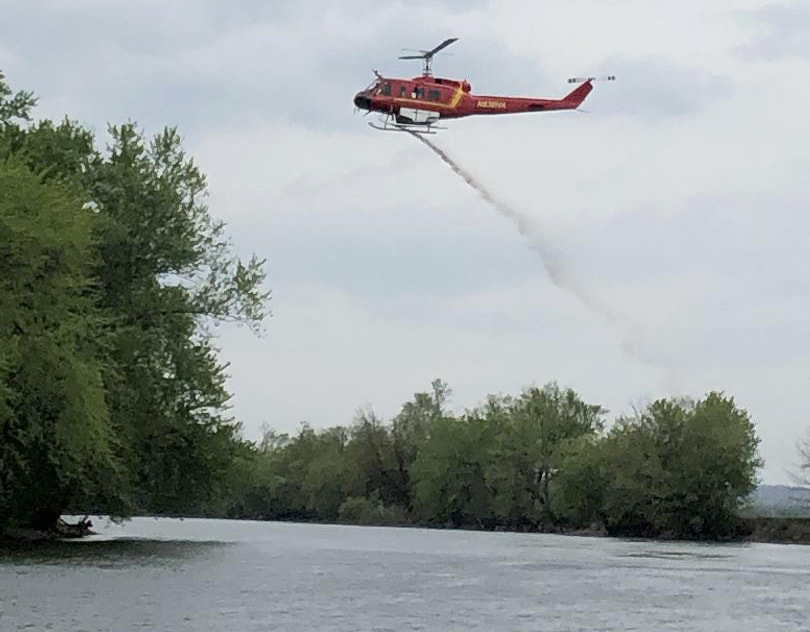
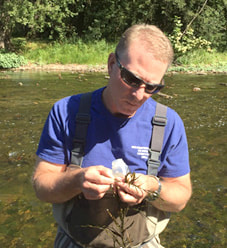
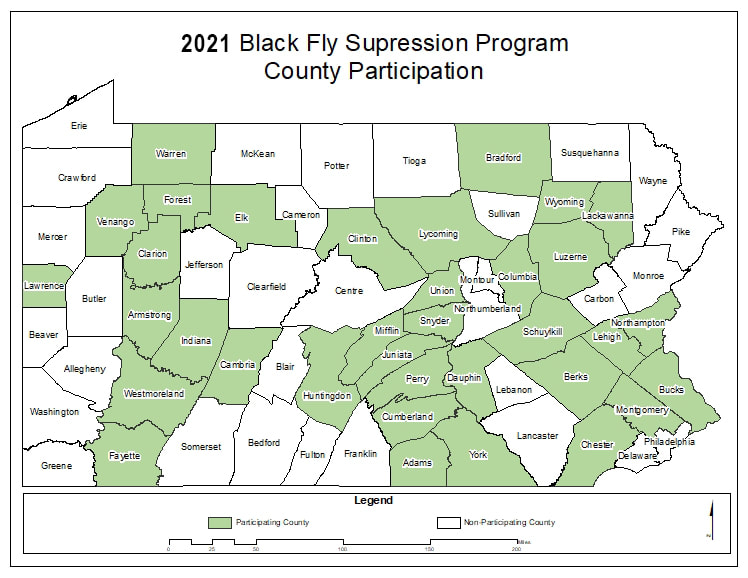
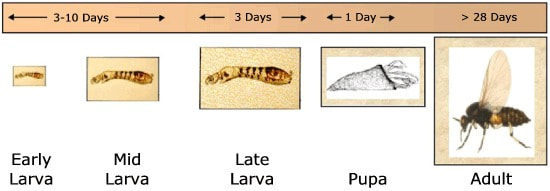
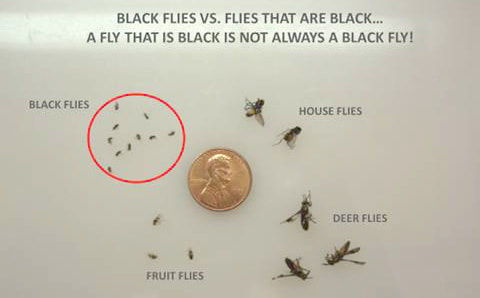
 RSS Feed
RSS Feed